The 'fork decluttering method' may sound silly, but it’s effective at bringing simplicity to your home – and it only takes 1 afternoon
You'll be surprised by how helpful this decluttering method is
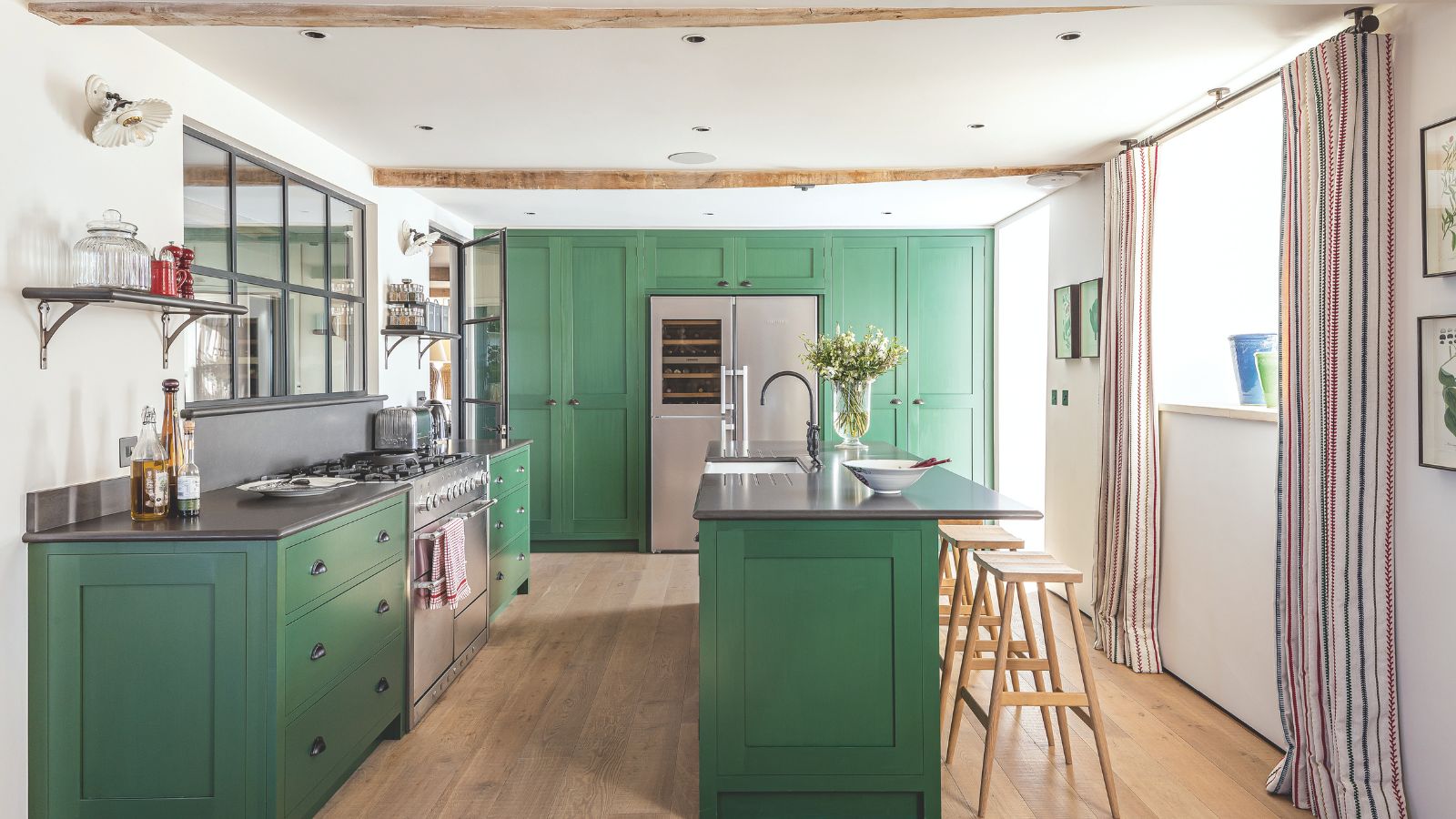

If you're looking for a simple way to make a bit of extra room in your home, the Fork Decluttering Method is perfect, impactful, and will only take an afternoon.
It operates on a simple premise, encouraging people to consider if they have multiple items that serve the same purpose, and experts say this trick makes parting with aligned items far more guilt-free.
Here, professional organizers break down what the Fork Decluttering Method is, and I tried this decluttering tip out to give you all the pros and cons ahead of time. This is how it went.
What is the Fork Decluttering Method?
The Fork Decluttering Method is a litmus test for an item's usefulness. This is based on the idea that when we want to eat something, a fork is the tool we reach for the most over a corn skewer or chopsticks, for example, making the fork the preferred item for the job.
In the context of decluttering, consider if there is something simpler and more useful that you reach for instead of the thing you're looking at and that will help you decide whether you should keep this item, or get rid of it.
The idea is to declutter the items we use less than our 'fork', our staple go-to for a particular task.
Though, to avoid making decluttering mistakes, it's important to consider, as noted by Ben Soreff, professional organizer and partner at House to Home Organizing, if we still actually enjoy, use or appreciate something's counterpart and want to keep it.
Design expertise in your inbox – from inspiring decorating ideas and beautiful celebrity homes to practical gardening advice and shopping round-ups.
He adds, 'Using this method requires a word of caution. If you have the space and like a more "complicated" item, and then you store that item by category and frequency of use, then it is not clutter. You use it, enjoy it, and it has a home.'
Using a decluttering planner, such as this printable decluttering workbook from Etsy, can help you manage your items and avoid mistakes.
Pros and cons of the Fork Decluttering Method
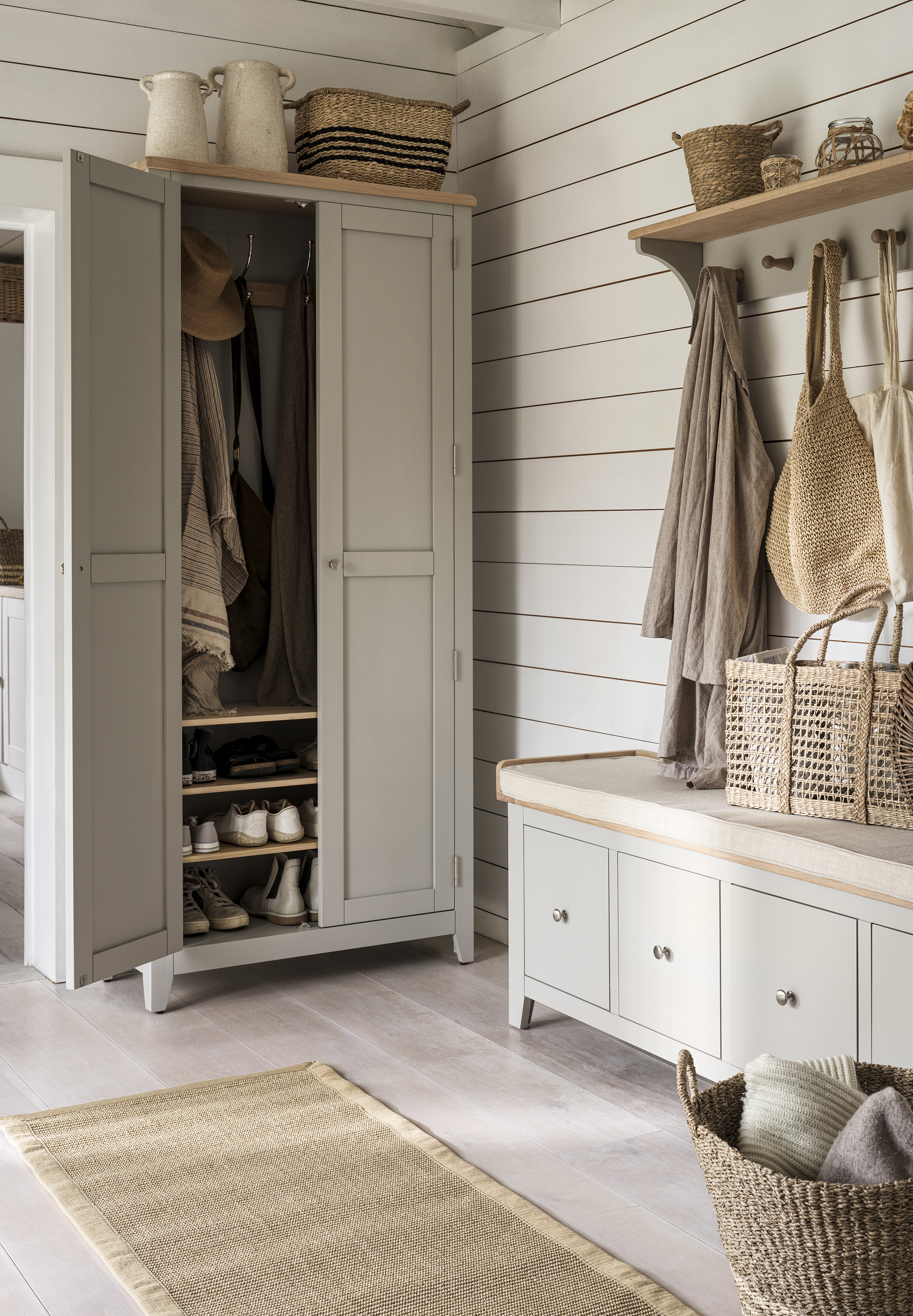
This rule can apply all over your home, from your kitchen to your closet.
According to Ben, some of the main pro points for this method are:
- It forces people to evaluate what they truly use and need. 'For example, baking and cooking items flood the market as they make "good" gifts, but most kitchen tools can be replaced with more common every day tools.'
- It holds a simple, easy-to-follow premise, which can be especially helpful if you're trying to declutter your home when you feel overwhelmed. 'If an item can be replaced with a simpler everyday item, you don't need the additional item.'
- It's a gentle way to begin decluttering that can be used in many areas of the home, though Ben feels the Fork Decluttering Method would work especially well in a kitchen or when seeking to declutter art supplies. 'We see this decluttering method work best when dealing with broad categories like cooking, hardware, and art supplies.'
The Floor Decluttering Method isn't without its cons, however. Ben believes these are the main ones to watch out for:
- You may enjoy and use items that serve a similar or the same purpose, but this method encourages you to declutter them. For this reason, it's important to follow Ben's words of caution and evaluate whether these items are actually clutter in the first place.
- You may have a hobby that means you collect items serving similar functions, but you wish to own them. If this is intentional, doesn't disrupt your home organizing ideas, and brings you joy, this isn't clutter. But if you have gone overboard and feel overwhelmed by the amount of items you have (even if they're connected to a hobby you enjoy), combing through with some decluttering tips for collectors may be beneficial and allow you to enjoy your hobby more in the long-run, even if in the initial phase you aren't able to declutter without making a mess. As Ben noted, 'People tend to go overboard with hobbies and usually collect items because they love the hobby, but don't really use the item because they either have such a volume or, more likely, they only use the go-to "best" item(s).
How to follow the Fork Decluttering Method
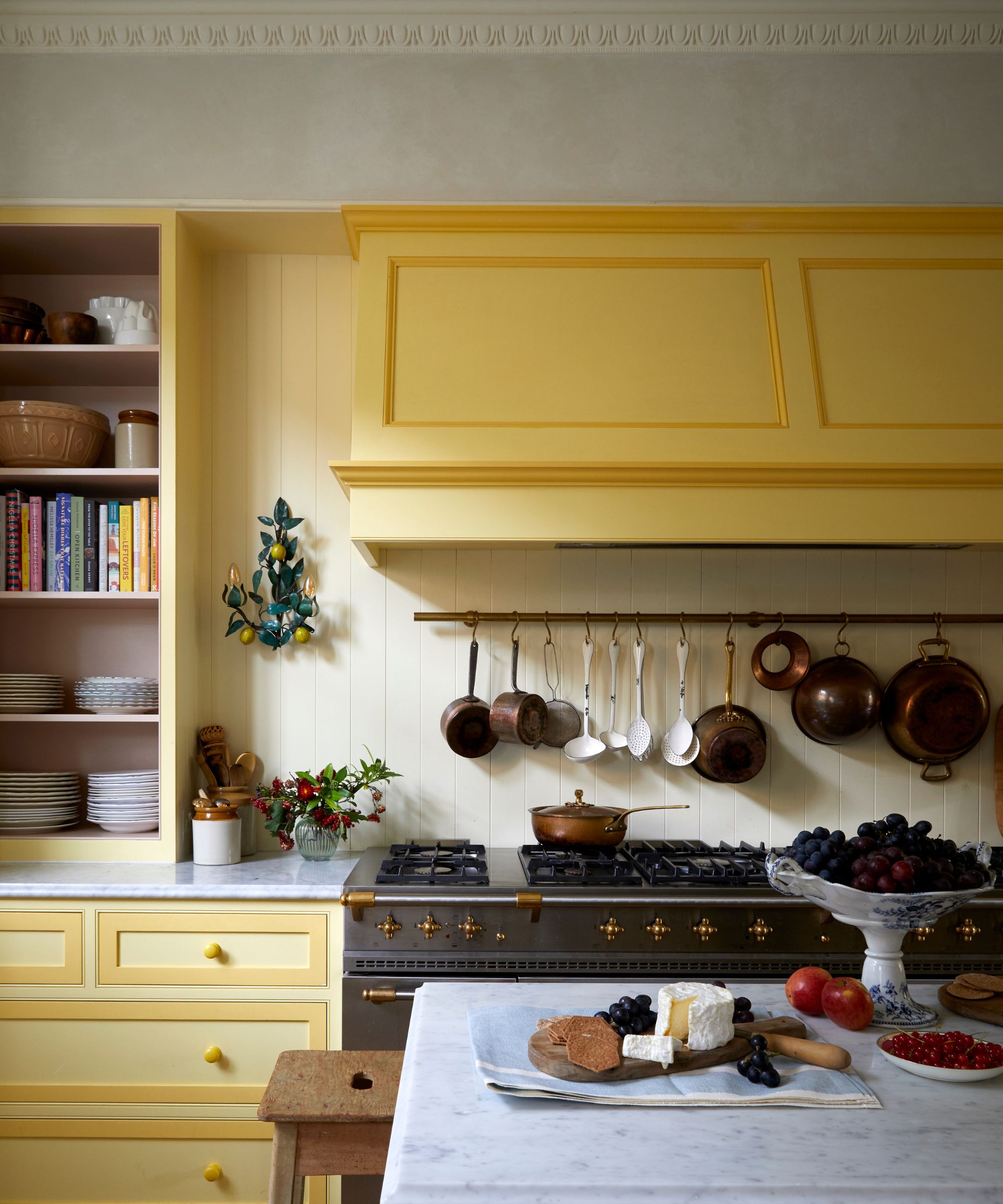
How you use the fork method is personal, and will depend on your lifestyle.
Following the Fork Decluttering Method is pretty simple. Just pick an area or category of your home (or declutter room by room), group together items that serve the same purpose, and seek to pare down what you don't really use.
Dana Reder, organizational consultant and founder of Winnow & Bloom, breaks down the Fork Method further, sharing the kinds of questions a person might ask themselves during the decluttering process.
F – Is it Functional? Do I use this regularly, and does it still work as intended?
O – Is it Optional? Should I keep this for fun or because I love it, even if it’s not essential?
R – Is it Replaceable? Could I easily buy or borrow this again if I needed it later?
K – Should I Keep it? Does it serve a purpose, make me happy, or serve as a reminder of a time or place that is important to me?
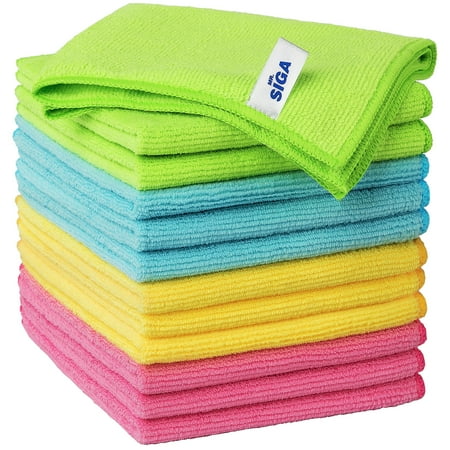
While you are emptying out containers and digging through storage, why not take it as an opportunity to clean, too? Microfiber cloths make dusting and disinfecting easy while avoiding damage.
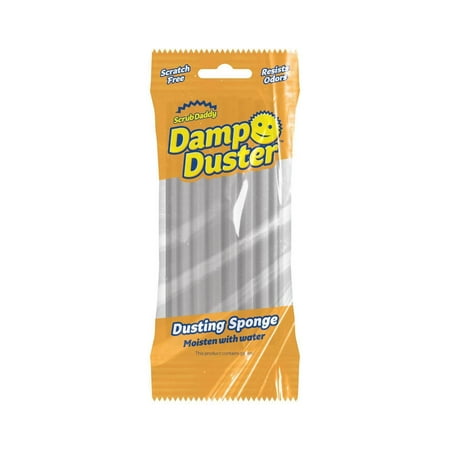
When clearing off shelves or emptying cabinets, use a Scrub Daddy Damp Duster to quickly collect dust without spreading it around.
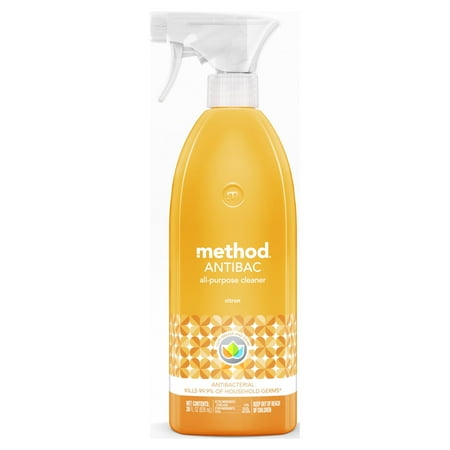
When quickly cleaning and dusting when decluttering, a multi-purpose spray makes it easy and fuss-free.
Who is the method good for?
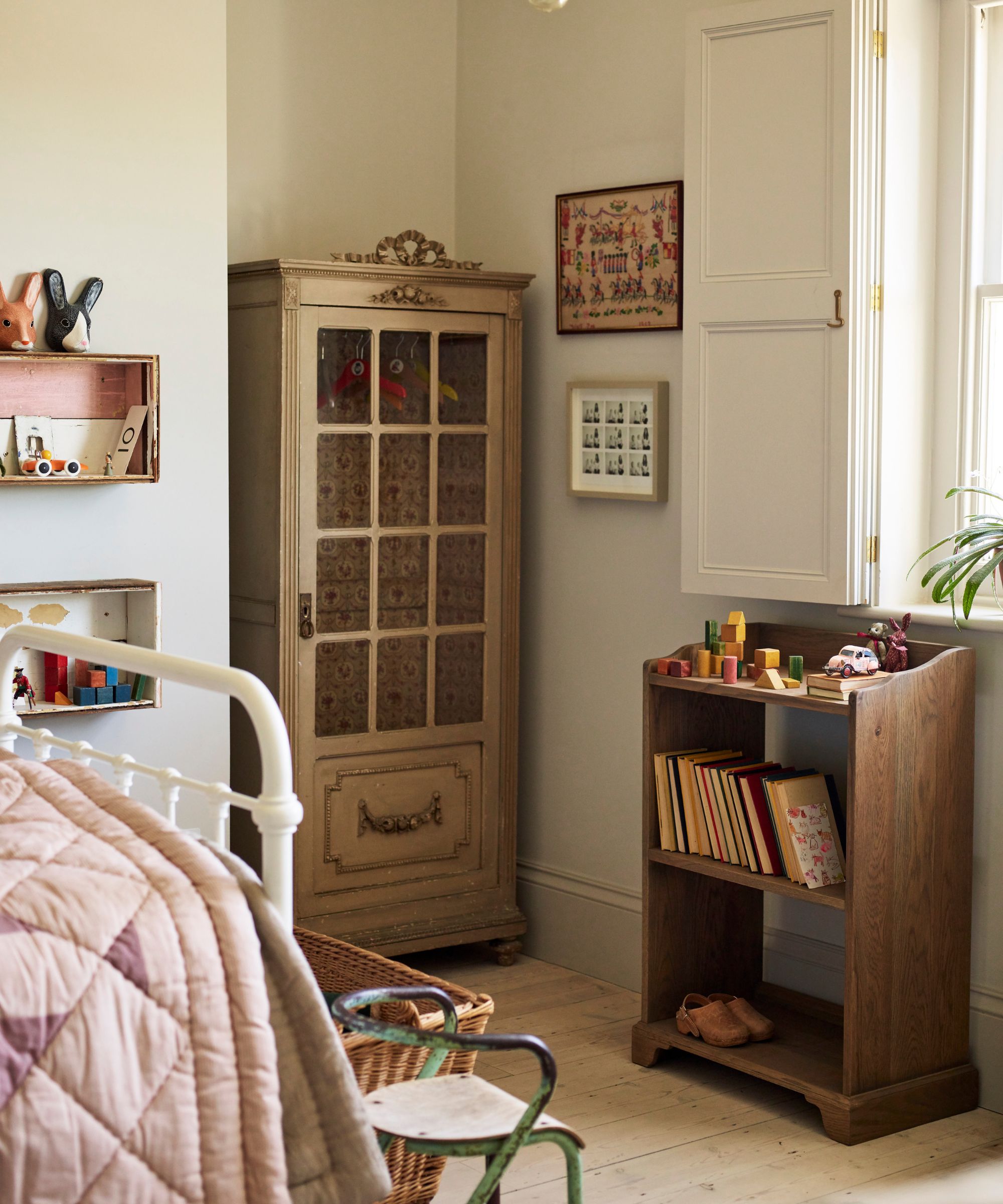
This method can be great for decluttering children's toys.
The Fork Decluttering Method could work well for lots of people, but Dana believes it may be especially effective for:
- Anyone feeling clutter blind or overwhelmed by clutter and unsure of where to start when it comes to decluttering.
- People who struggle with decision fatigue or guilt when decluttering. The Fork Method helps a person to think through their decisions.
- Perfectionists or overthinkers who need a clear-cut system for decluttering.
- Anyone who wants a quick, repeatable framework that removes the guesswork.
I tried it, and this was the result
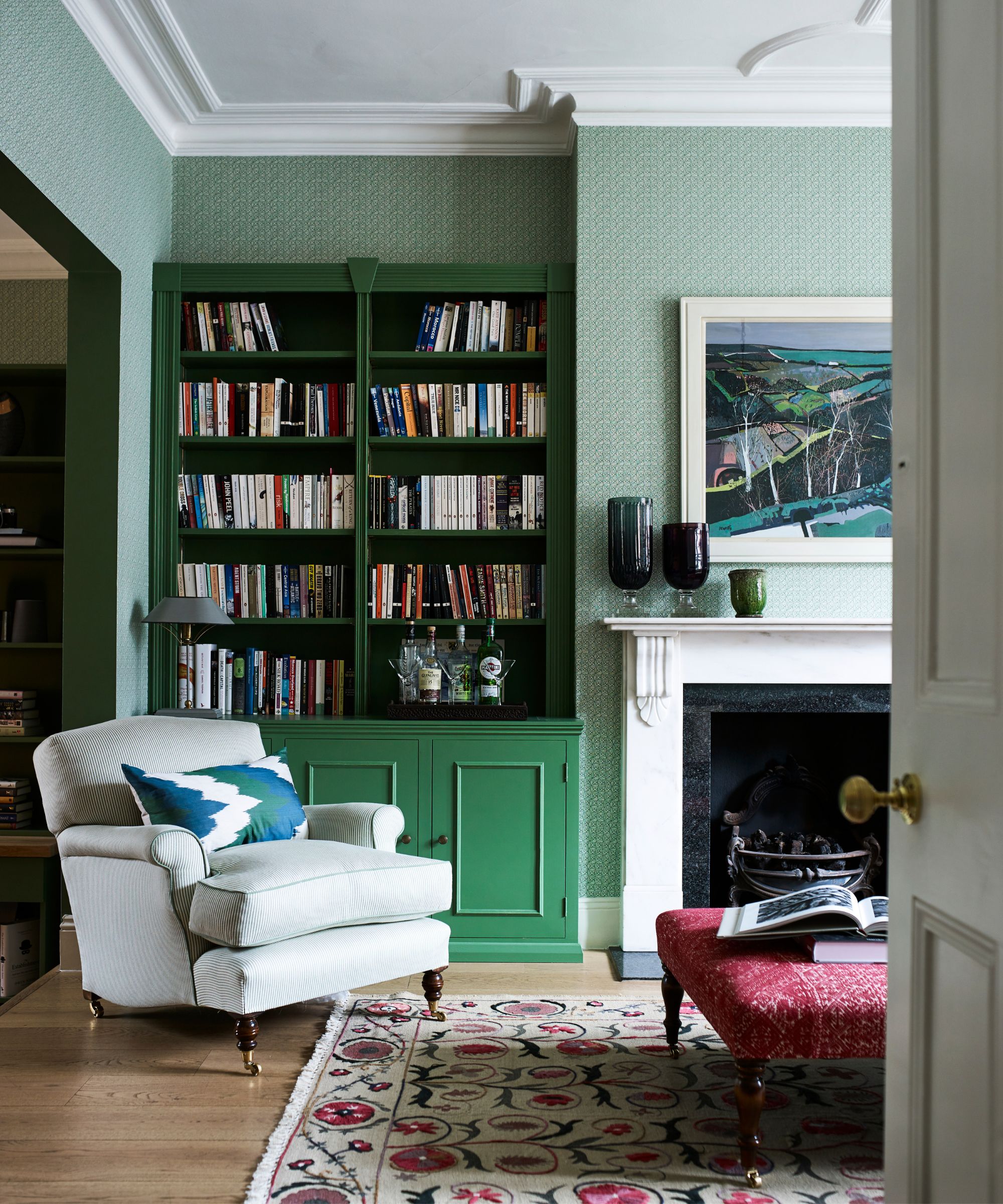
Ever since I was young, I've had multiple craft drawers, and that isn't something different today. I have a craft drawer in my house as well as a basket of knitting supplies sat by my bed, and surplus yarn stored in my underbed storage, and I even have another craft drawer at my partner's house! In the future, I'll hopefully have the space to organize a craft room, but for now, it's drawers.
I love having lots of different craft items to get creative with, but I know deep down it will take years of crafting to make a decent dent in my stash. It felt like the prime place to try out the Fork Decluttering Method, and here's how I did it.
I embarked on this decluttering method by first taking all the craft supplies I had stored at my partner's house back to my own home. Doing this made it easier for me to see what I had overall, and made it far easier to organize my supplies by category.
I created groups of similar items: yarn-based supplies, scrapbooking supplies, other paper supplies, sewing supplies, and painting supplies were my main categories. Then, from there, I began downsizing.
The first items I placed in my "to go" pile were knitting needles, items I didn't know I had (akin to the 'Didn't Know' decluttering method), and items I felt were more for my 'fantasy self' than my current self (I will never actually learn how to cross stitch so the kits had to go). I had over twenty pairs of needles after so many yarn sets came with pairs, and when I looked at items I never used, I realized it's because I owned similar things (embroidery is far more up my street) that I took the time to do, and enjoyed.
Undertaking the Fork Decluttering Method was tough for me at the beginning because I naturally just wanted to pick out the things I never used and donate them. But following the method mindfully encouraged me to evaluate why I didn't use certain things, showing me in a lot of cases that I didn't because I enjoyed or used something else similar instead. It's definitely one of the most valuable decluttering lessons I have learned, and in the process, it highlighted to me exactly which hobbies I actually like to do. Plus, it's nice to be able to find what I need in my craft drawers now, far more easily.
If your hobbies have begun to feel overwhelming or you're someone with a bursting-at-the-seams closet with many similar items, I'd for sure give the Fork Decluttering Method a go.
What to shop
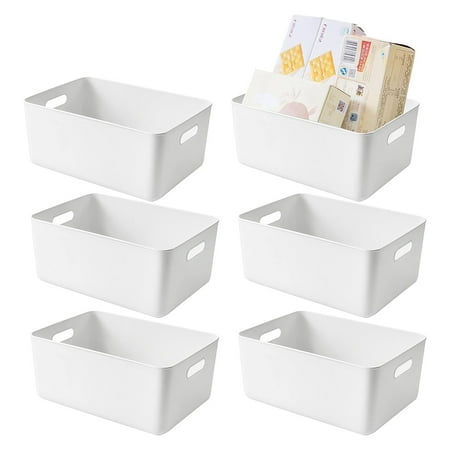
If, like me, you have lots of small items in drawers, investing in some small storage containers like these will help keep each category neatly contained.
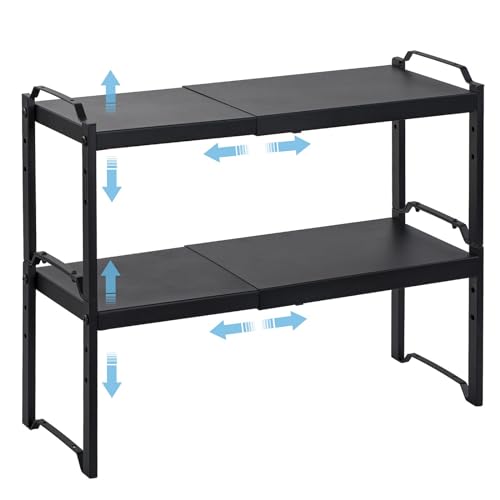
Bring order back to your kitchenware, whether its your cupboards or counters, with some of these adjustable shelves.
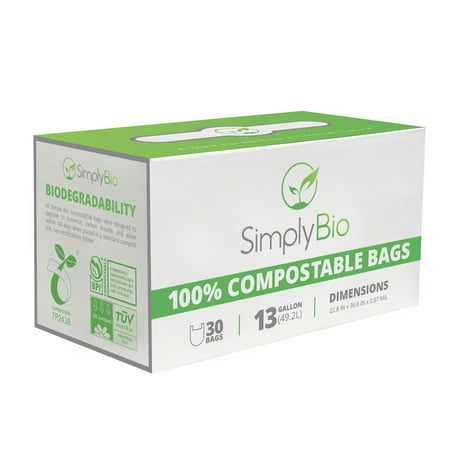
Why not gather together your items to donate in one of these eco friendly bags to help a good cause as well as the planet?
Meet the experts

Ben has been a professional organizer for 17 years, and a partner at House to Home Organizing (a member of the National Association of Professional Organizers, NAPO) for a decade. House to Home Organizing helps around 160 families per year.

Dana has spent the past 18+ years working with children and families to assess their needs and address their challenges. She's created organizational systems and specialized programming in public, charter, and private schools and manages a team of over 40 staff members.
If having a clear framework to follow helps you to declutter, reading about these seven decluttering golden rules pros never break will be a great extra form of guidance.

Ciéra is a writer and regional laureate with particular passions for art, design, philosophy and poetry. As well as contributing to Homes & Gardens, she's an Editorial Assistant for Design Anthology UK and a contributing writer for magazines including Livingetc, Apartment Therapy, House Beautiful and Ideal Home. Previous commendations of hers include being Highly Commended by The Royal Society of Literature and receiving a prestigious MA Magazine Journalism scholarship to City, University of London.